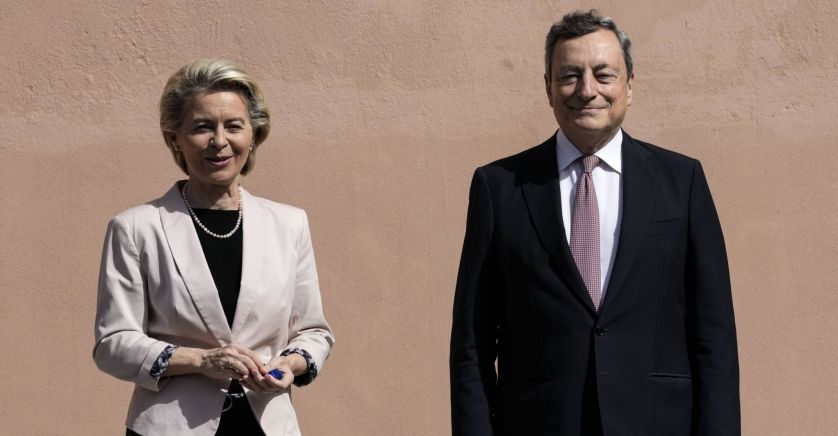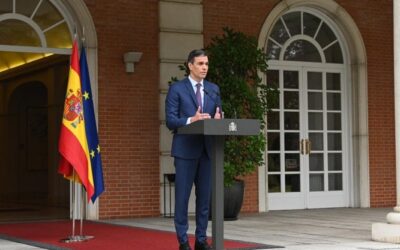European Commission President, Ursula von der Leyen announced that the Commission has approved the Italian Recovery and Resilience Plan, the document with which Italy explained how it intends to spend European fundings from the so-called Recovery Fund, the main EU instrument to stimulate economic recovery after the Coronavirus pandemic.
The proposal submitted to the Commission envisages funding of more than EUR 220 billion, with numerous spending chapters dedicated to strengthening transport and digital networks, education and the health system. The plan had to fulfill 11 criteria identified by the Commission and which include spending recommendations given to each country, such as protecting the environment, encouraging digital transition, precise cost justifications and the presence of structural and lasting interventions. For each criteria, the Commission can give an A rating, i.e. the highest grade, or B or C. The Commission’s assessments were for 10 criteria A and only under “Costs” B
Of the countries to which the Commission’s assessments have already been submitted, no country has so far succeeded in meeting the costing indications for the measures: justifying the costs of future investments to advance the environmental and digital revolutions is not a simple matter, the estimates have been based on similar measures. For some measures, there is a detailed and clear description of the methodologies and calculations made to reach the estimated costs, and comparative cost data are provided by referring to specific sources taken as references. In other cases, these references take the form of studies, evaluations or even experiences developed in the private sector.
Next steps

In its assessment, the Commission found that Italy’s plan reserves:
- 37% of total expenditure on measures to support climate objectives (Green Transition). It includes investments to finance a large-scale renovation programme to improve the energy efficiency of buildings, and measures to promote the use of renewable energy sources, including hydrogen. It also devotes special attention to reducing greenhouse gas emissions from transport, with investments in sustainable urban mobility and rail infrastructure.
- 25% of Italy’s total plan allocation is earmarked for measures to promote digital transition.
Investments in the digitisation of businesses and in the expansion of ultra-fast broadband networks and 5G connectivity. Other investments are aimed at the digitisation of the public administration: the interventions envisaged in this sense will affect both the public administration in general and the health, justice and education sectors.
The first part of the funding is equal to 13% of the total requested and will not have any particular constraints or limitations linked to individual projects: Italy should therefore receive about EUR 25 billion, starting in July-August. On several occasions, Draghi has explained that the NRRPis the greatest opportunity in terms of development and modernisation of our country for decades, but doubts remain about some spending choices and the timely implementation of the projects presented. Reforms are therefore essential for the Recovery Fund to work, and in the Italian context the list of reforms comes first and counts more than the list of investments.
The reforms needed for the Recovery Fund to work
The content of the PNRR clearly defines the reforms of the public administration in the spirit of the European Commission’s documents on the Recovery Fund. The money will be given to us only if the reforms are effective and work, and the efforts will be valuable for the nation’s recovery and for bringing us into line with standards of absolute excellence. The implementation decrees that will transform this large amount of money into concrete and productive investments, the structural reforms (taxation and justice above all) that our country has long needed, and finally the reduction of the public debt that weighs like a boulder and remains a brake on growth. Without these reforms, we will not be able to spend the 209 billion euro from the EU.



